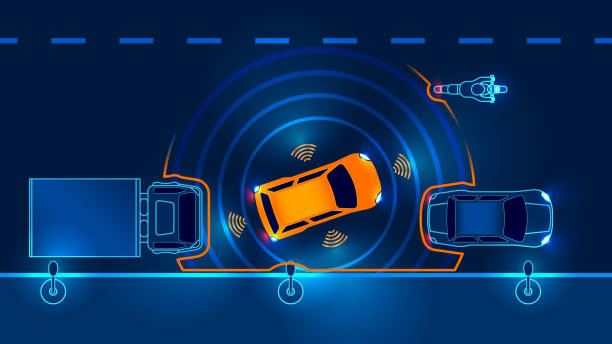The Safe-SCAD project developed a proof-of-concept driver attentiveness management system to support safe shared control of autonomous vehicles. This system comprises a deep neural network (DNN) responsible for predicting the driver control-takeover behaviour, methods for verifying this DNN, and a discrete-event controller that issues optical, acoustic and/or haptic driver alerts based on the predictions of the DNN and the results of its online verification. Sensors for detecting the state of the human driver include an eye-tracking camera, and wearable sensors to measure the driver’s heart rate (PPG) and galvanic skin response (GSR) signals.
Taking this beyond the initial project though it can be observed how SafeSCAD can benefit from utilising SLEEC requirements. The safety of the passengers and those around the car is paramount, and laws are in place to ensure this safety. Thus the controller of this autonomous system needs to be legally compliant, and identify when it can no longer be legally safe. For simplicity this can be initially thought of as when the system does not have sufficient control, or can accurately predict future states. It is at this instance that the system will need to alert the user of the switch over. This of course would not cover all legal nuances of driving, and a full set of legal requirements will need to be drafted. Further, these legal requirements will need to be in a manner that can be understood by the system. Providing cues that will accurately convey the specific situation’s concerns, and magnitude of said concern, is vital and would be encapsulated by the SLEEC requirements.
Further, to ensure a successful takeover from the human driver when prompted the human must be attentive. The controller was assumed to have a light source, speakers, and be able to haptically interact with the driver (vibrations in seat/steering wheel for example). This allows the car to alert the human driver whenever the driver is observed to be less attentive. DeepDECs is employed to generate pareto optimal controllers utilising the different objective tradeoffs; risk due to attentiveness level, and nuisance caused by the alerts.

